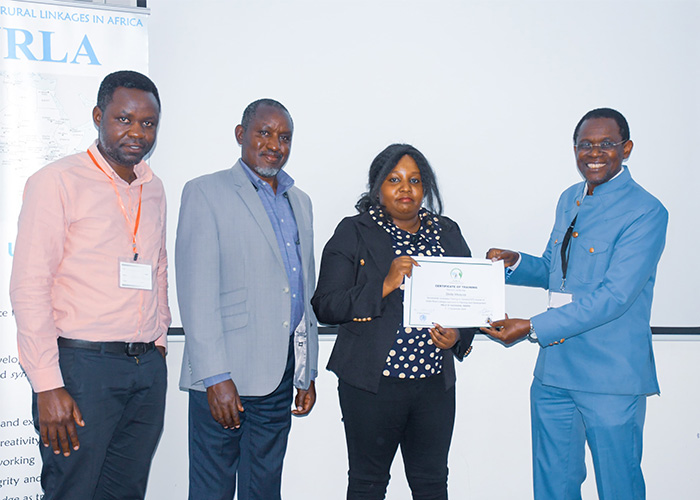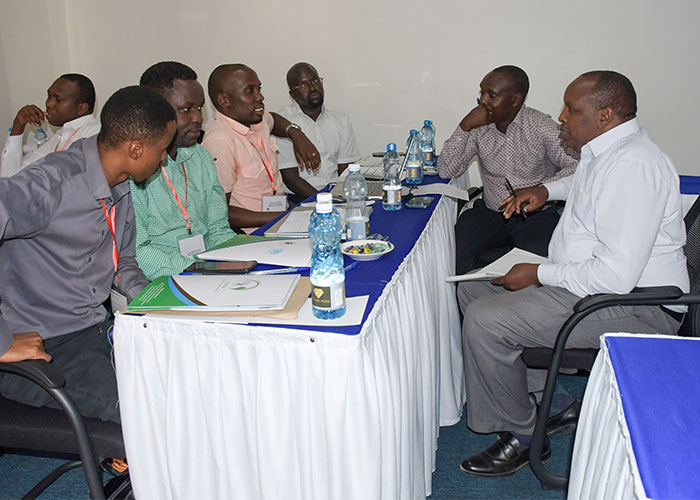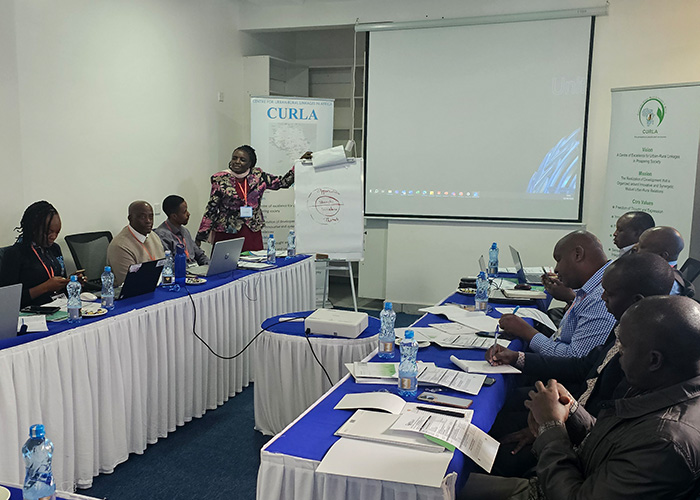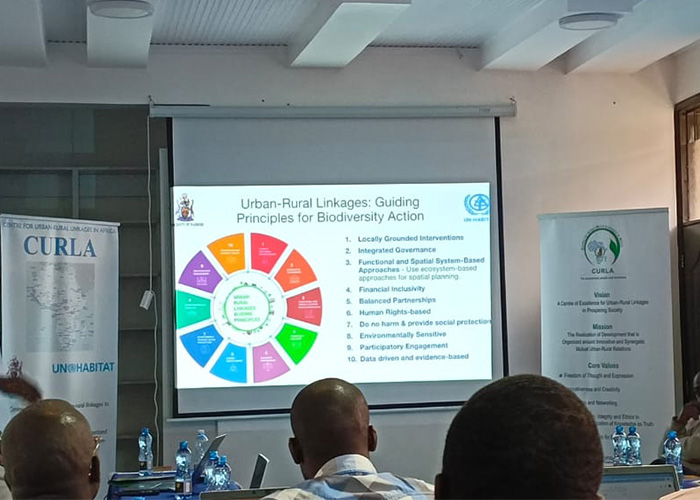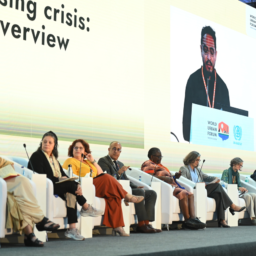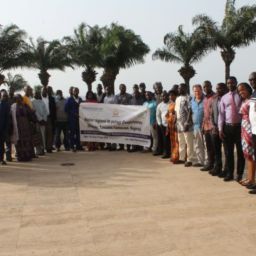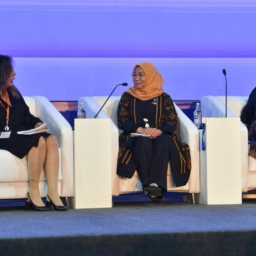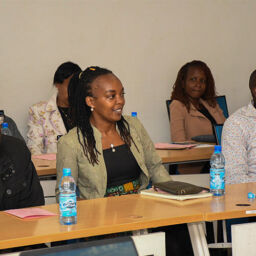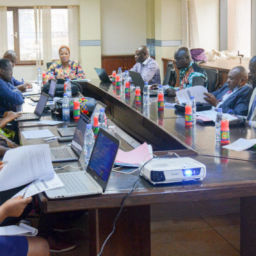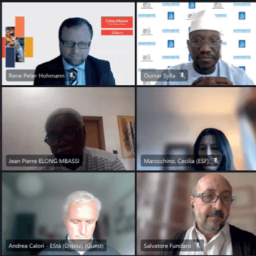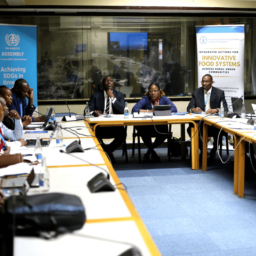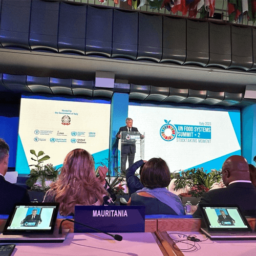Enhancing capacity of subnational policymakers on Integrating Urban-Rural Linkages for Planning and Development
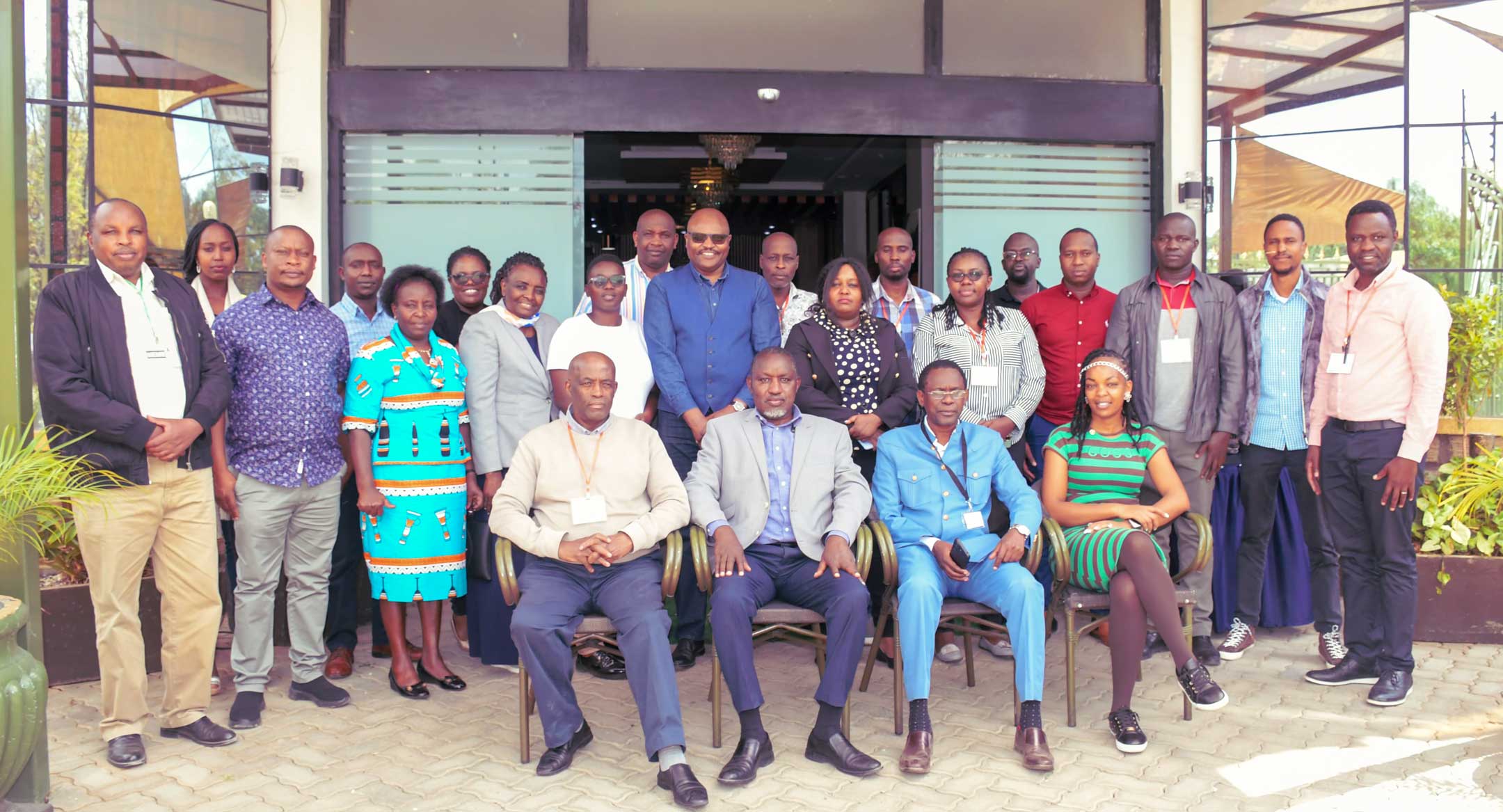
Naivasha, Nakuru County, Kenya – September 6, 2024
In a progressive step towards integrated and sustainable development, subnational government officials from Nakuru County, Kenya, recently completed a two-day training on Integrating Urban-Rural Linkages for Planning and Development. Co-organized by UN-Habitat, the Centre for Urban-Rural Linkages in Africa (CURLA) at the University of Nairobi (UoN), and the County Government of Nakuru, this inaugural training since CURLA’s launch in October 2023 has set the stage for long-term collaboration and capacity building in Nakuru and beyond. The 2-day session brought together 19 key officials including planners, surveyors, environmentalists, and top County leaders.
Nakuru County is currently experiencing rapid urbanization, with up to 49% of its population presently classified as urban, as stated by the director of physical planning Mr. Justine Mayaka. As the county continues to develop mechanisms to plan for its urban centres including small towns, the need to strengthen the connections between urban and rural areas has become more critical than ever. Additionally, Nakuru’s rich natural resources, such as Lake Naivasha, Lake Elementaita, Rift Valley and Menengai crater just to mention a few, are under increasingly experiencing pressure from urbanization. The need for better urban-rural connection is further exacerbated by recent climate events like flash floods that have impacted both urban and rural communities.
This training comes at a pivotal time for Nakuru town, the county’s capital, which was elevated to city status in 2021. With this designation comes the responsibility of creating a more integrated and resilient urban-rural system that supports the region’s sustainable development goals. Nakuru’s history of collaboration with UN-Habitat and the University of Nairobi, dating back to the implementation of the Local Agenda 21 in 2004, further underlines the significance of this partnership and its milestones.
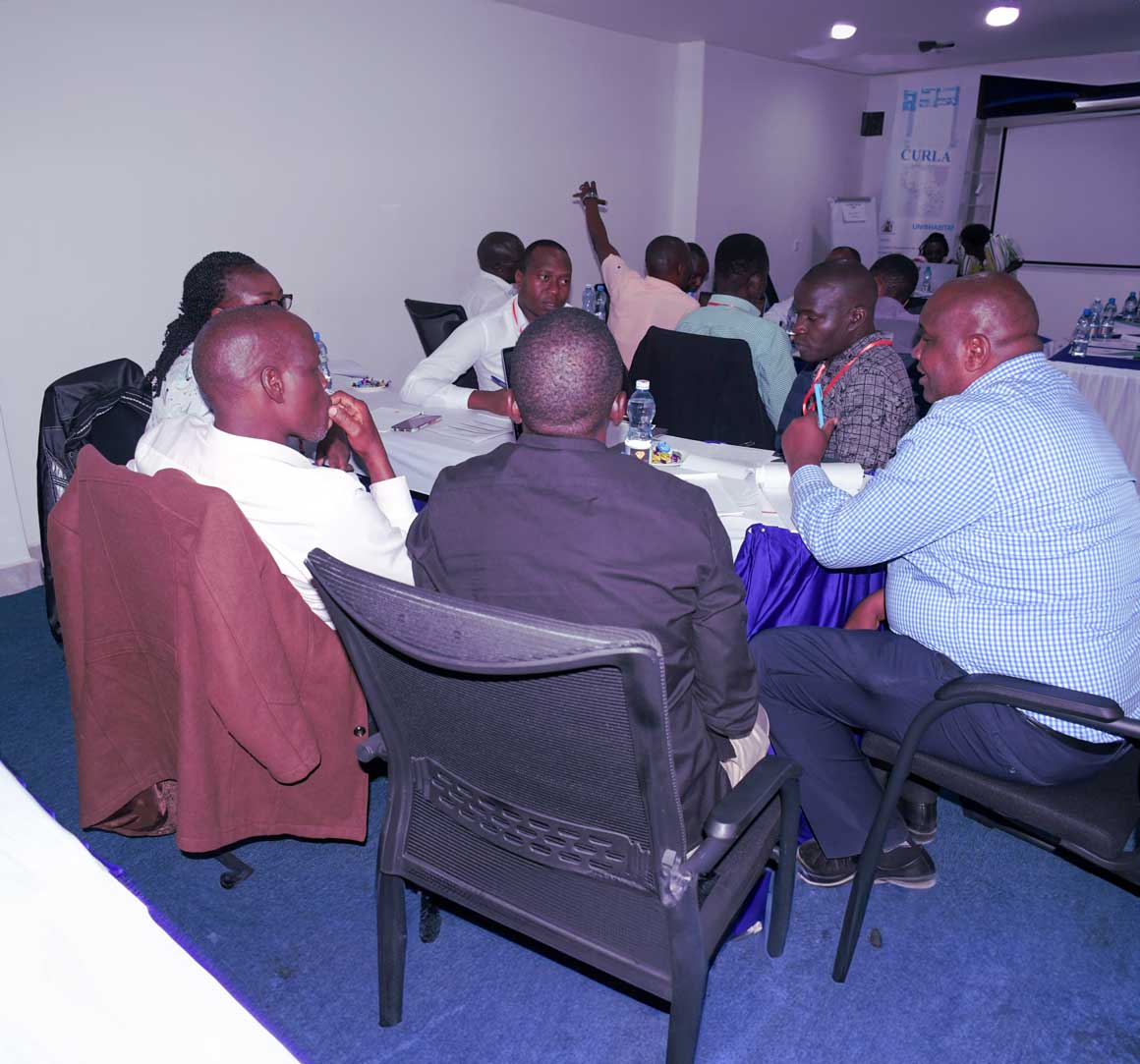
The training, held on September 5th and 6th, 2024, consisted of four modules, each designed to equip Nakuru County officials with the knowledge and skills to develop a cohesive urban-rural linkages (URL) strategy for the county:
The acting Dean of the Faculty of Built Environment, Prof. Samuel Maina, University of Nairobi urged planners to take bold steps in developing long-term strategies for the county, incorporating insights gained from the training. He stressed the pivotal role of planners, emphasizing the value of their expertise in driving rural transformation and underscoring the importance of their ability to effectively engage with all relevant stakeholders, including politicians.
The Chief Officer for Environment, energy, climate change and natural resources, Nakuru County, Mr. Barasa Kennedy, remarked on the core relevance of the training, noting its role in breaking departmental silos within the county government. He emphasized that departments such as planning and environment would now work more closely, particularly in areas like solid waste management, to ensure integrated solutions to shared challenges.
The county minister for Land, housing, Physical Planning, and Urban Development, Mr. John Kihagi, expressed gratitude to the organizers for enhancing the capacity of Nakuru County officials. He reiterated that previous collaborations with UN-Habitat and the University of Nairobi were instrumental in Nakuru’s elevation to city status. He reiterated the UoN Dean’s message on the importance of extending expert knowledge to rural areas, stating that “transformation in rural areas will eventually transform urban areas.” The Minister also highlighted the need for further collaboration in planning and development initiatives, particularly in implementing the County Integrated Development Plan (CIDP).
The training concluded with participants developing re-entry plans, outlining how they would integrate the knowledge gained into their work. These plans included considerations of the UN-Habitat Guiding Principles of Urban-Rural Linkages as they develop county plans and initiatives. Participants also expressed a strong commitment to breaking down silos within their departments and promoting more holistic development strategies.
Nakuru County is well-positioned to be a leader in integrating urban-rural linkages, setting a pace for neighbouring counties to follow. As the county continues its journey toward sustainable development, the knowledge and expertise gained from this training will be instrumental in shaping the future of urban and rural planning in the region.
The county minister closed the event by emphasizing that Nakuru looks forward to being a model for other counties, with the continued collaboration of UN-Habitat and the University of Nairobi through CURLA.


